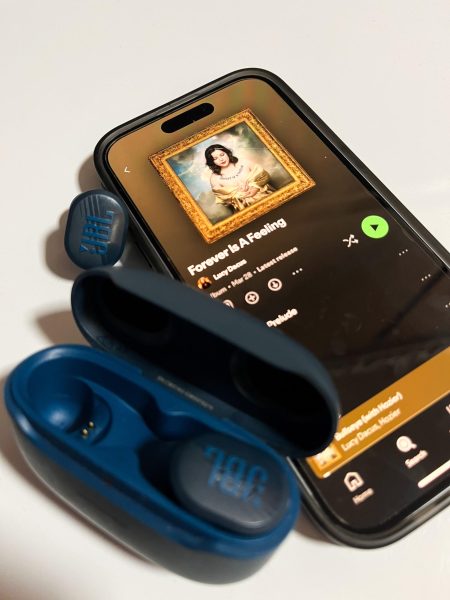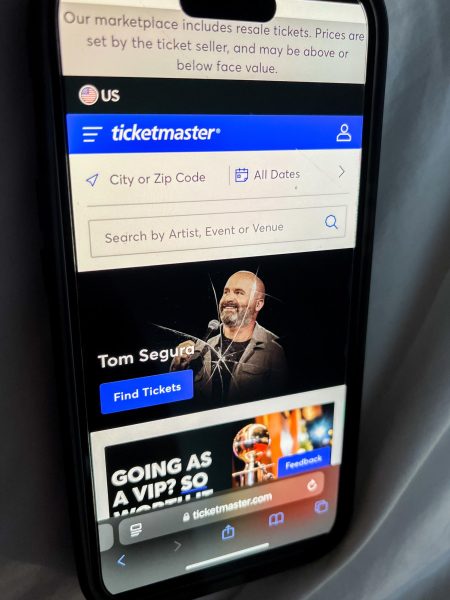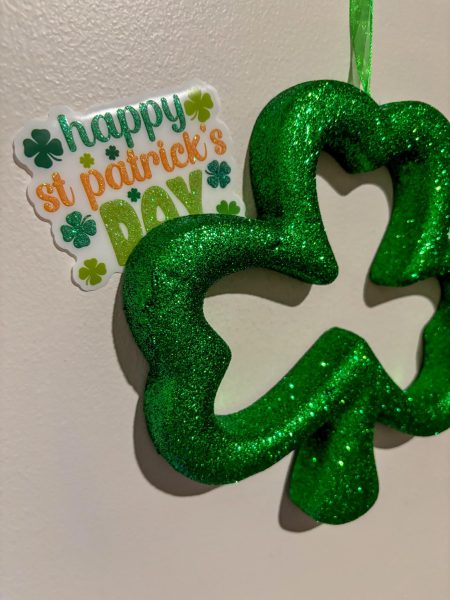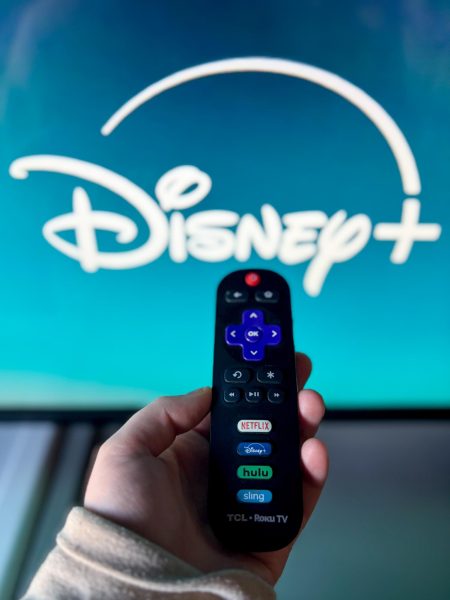‘Frozen’ not so feminist
Illustration by William Rerick/The Dakota Student.
For adults, we college students seem to have an obsession with children’s movies. And why shouldn’t we?
They are good, clean fun.
It is no surprise then, that the movie “Frozen” has hit campuses hard. Everyone loves it. Not only is the music good, but the characters are fleshed out. The art is stunning. The women are feminist.
Wait a minute, really? This movie is feminist? I have to disagree. I love this movie, but I don’t think it’s “feminist.”
The story revolves around a pair of sisters as growing up. Elsa has power over ice, so Anna is isolated from her older sister for her safety.
Eventually, the powerful sister becomes queen, but her powers are hidden from everyone including Anna. The younger sister meets a handsome prince and becomes obsessed –— Disney is wonderfully self-deprecating here.
Elsa loses control over her powers, exposing her to the townies, and she throws the kingdom into an eternal winter. Anna runs after her. On her quest, she finds a better man and saves her sister and the kingdom with the power of love.
Sounds pretty awesome right? The handsome prince even turns out to be evil, and Anna saves her sister. Happy, feminist ending, right? Well, not really. Look deeper.
Anna is shown as the stereotypical humorous Disney princess. We dismiss her need for a man as naive and funny.
Elsa never concerns herself with a man; rather she is more concerned with keeping her powers under control. Yet with all of this going on, the story quickly becomes a romance.
We meet Kristoff, the lead male, before we meet any women in the movie. I adore the opening scene of “Frozen” but I think it should be different.
By showing Kristoff first, before either of the main characters, we elevate him from secondary to primary.
Sure, we need to know how Kristoff ended up with the trolls, but we didn’t need to know it in that order.
I wouldn’t have a problem with this if he and Anna remained friends (like she and Olaf the snowman did).
Instead, we end up with a love triangle, one that takes up most of the movie’s plot, even if the “main” plot is about the sisters. The majority of the screen time is devoted to Anna and Kristoff, not Anna and Elsa.
Numbers-wise, this fits too. Anna is featured in three songs, two of which revolve around finding a man.
The one song that doesn’t feature a main character is about setting up Kristoff and Anna. The need for Anna to get a man is central to the plot.
This puts “Frozen” at the same level as romcoms, where the men are strong, and the women are good looking, and that’s it. There is no substance.
I’m not trying to hate on love. There is nothing wrong with getting married and settling down, if that’s what you want. But “Frozen” makes the story about couples, not about sisters. It’s a shame; it had such potential.
“Frozen” got it right in only one scene: the quick jump where we meet Oaken’s family. Not only is this important because this is the first Disney movie to feature a gay couple or a gay character who doesn’t fall into stereotypes, but it shows Oaken as a human.
His family is important to him; it’s why he has to mark up the prices of on-demand items in his shop.
But his love is not the only thing out there for him. It’s his motivation, but not his life.
Why can’t it be the same for Anna? Her motivations stem from needing someone, not someone needing her.
She needs Elsa to grant permission for her to marry Hans. She needs Kristoff to get her to Elsa. She needs to get to Elsa to save the kingdom.
There is no agency here, no solving her problems herself. It still comes down to the power of this mystical idea of “love.”
Cut out the need for the other people, and we lose Anna as a character; she becomes a shell.
That is not the feminism I know, and I sure hope it isn’t the feminism you know.
Kjerstine Trooien is a staff writer for The Dakota Student. She can be reached at kjerstine.trooien@my.und.edu.







